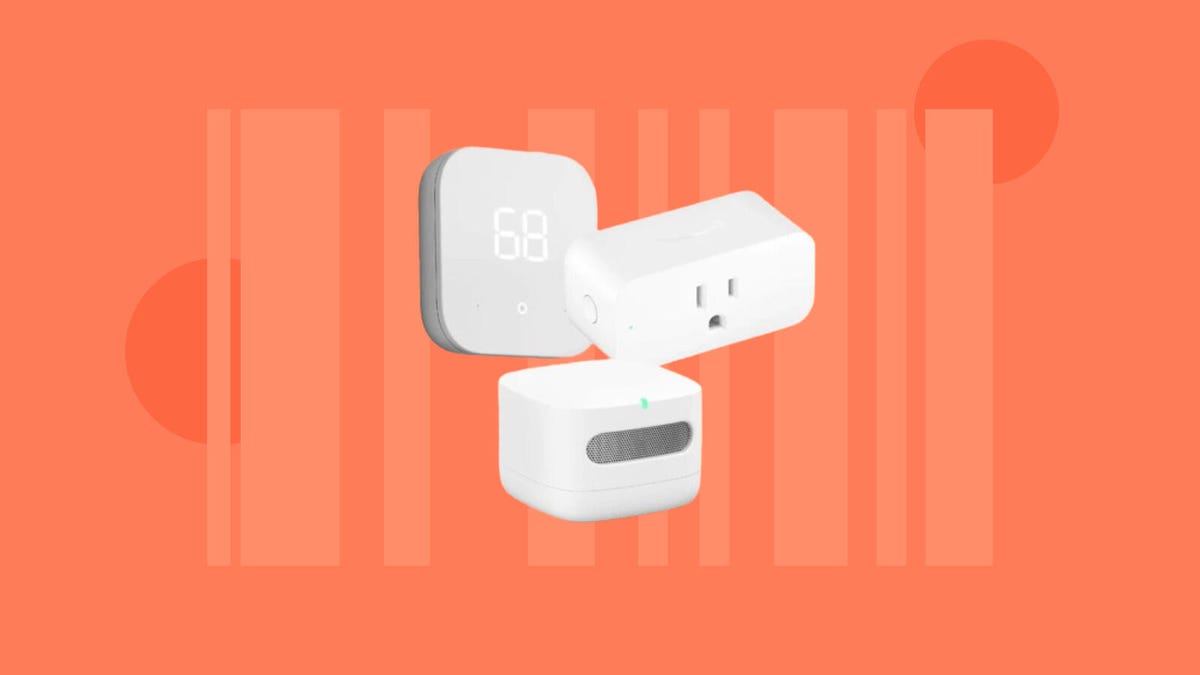How Building Automation Improves Indoor Air Quality
Building Automation Improves Indoor Air Quality
Many commercial, industrial, and manufacturing enterprises must monitor indoor air quality to ensure the health, safety, and comfort of employees and visitors. They also need to adhere to environmental standards and comply with federal, state, and local regulations. This is why many of these facilities use building automation to help monitor and manage the quality of indoor air.
Unlike standard security systems, which rely on surveillance cameras and key card access control to monitor facility activities, building automation integrates environmental sensors into their overall systems. These sensors can measure everything from the temperature of indoor environments to the concentrations of particulates and harmful organic compounds in the air. They provide real-time data that allows facilities to make proactive changes and stay up to date on compliance and air quality standards.
IAQ monitoring is one of the most important functions of a building automation system. It provides valuable insight that can improve occupant wellness and boost productivity. To do this, Building Automation systems incorporate a wide variety of indoor environmental sensors, such as carbon monoxide detectors, particulate matter (PM), and volatile organic compound detectors, into their overall architecture. These sensors act as input devices, sending data to a building’s primary systems through a communication protocol like BACnet. The controller then processes this data, and if necessary, triggers output devices to respond accordingly, such as increasing ventilation rates when CO2 concentrations get too high.

How Building Automation Improves Indoor Air Quality
Once these sensors detect a problem, they can then feed the results to building occupants through user interfaces. This way, they can be aware of the problem and take action before it gets worse.
In addition to improving occupant health and wellness, integrating IAQ monitoring into the building automation process reduces energy usage by reducing unnecessary building operations. For example, if a room is unoccupied, the building automation system can turn off lights and adjust HVAC output, saving energy. This also helps occupants save money by giving them greater control over their living spaces through app-based room controls.
Aside from energy savings, building automation can also reduce maintenance costs by identifying potential problems before they become serious. In the past, many systems would run at full tilt to meet their input demands and then wind down, resulting in expensive wear and tear and excessive energy consumption. This is not the case with smart buildings, which are able to optimize their operating performance.
Building automation solves the age-old debate between more comfort and better efficiency by enabling you to achieve both. By providing reams of data that give you unprecedented insights into your building’s operations, it is possible to eliminate waste and optimize the use of heating, ventilation and air conditioning (HVAC), lighting, and electrical power. Learn more about how this technology can reduce your energy usage in our blog:




Leave a Comment